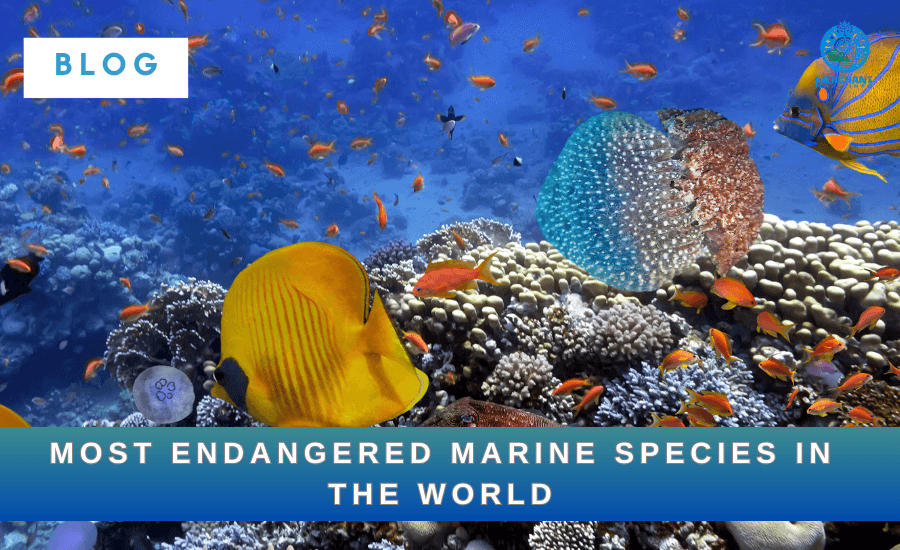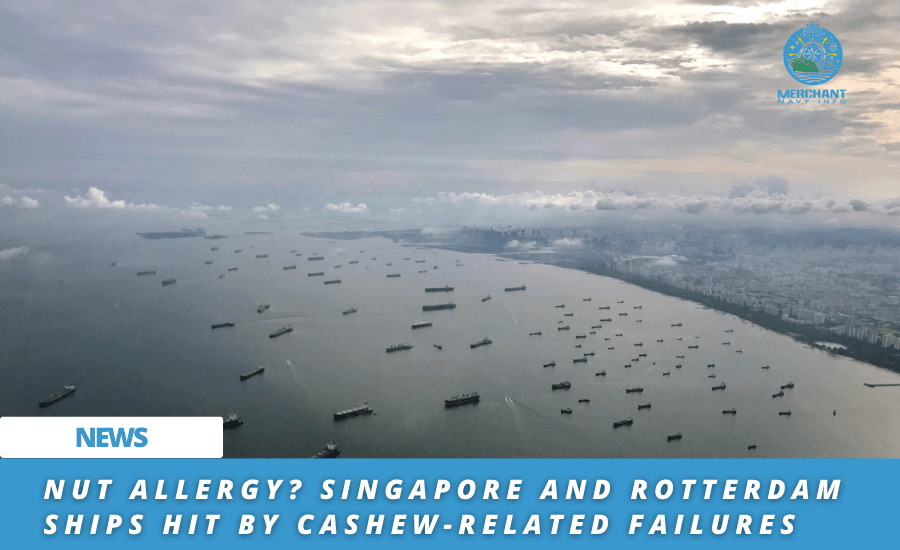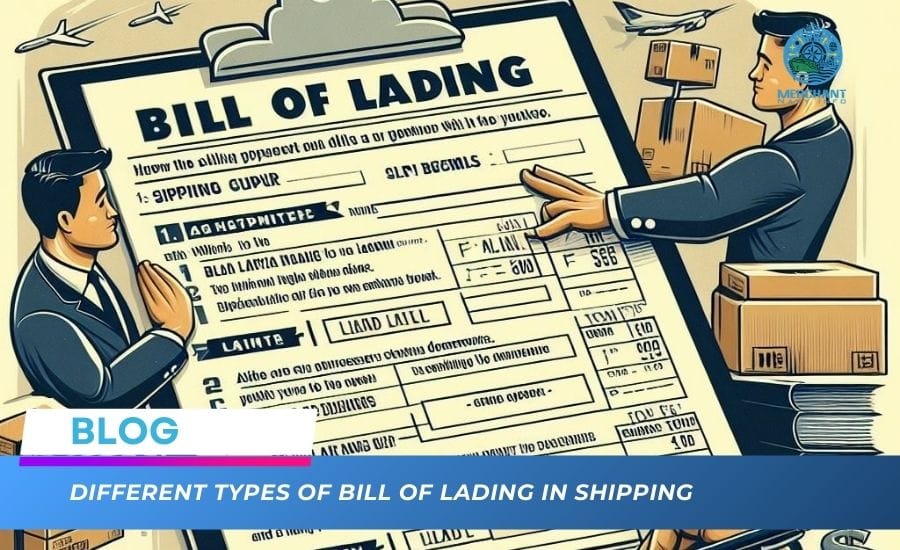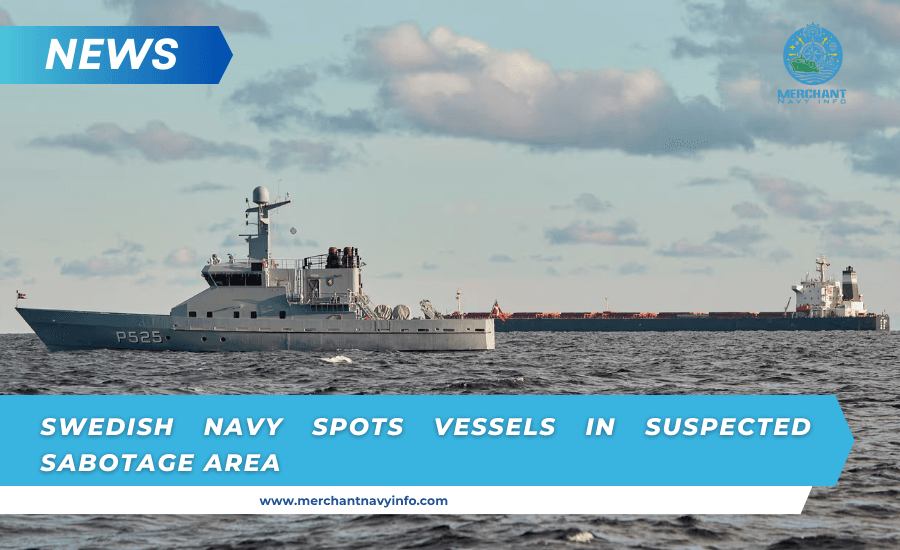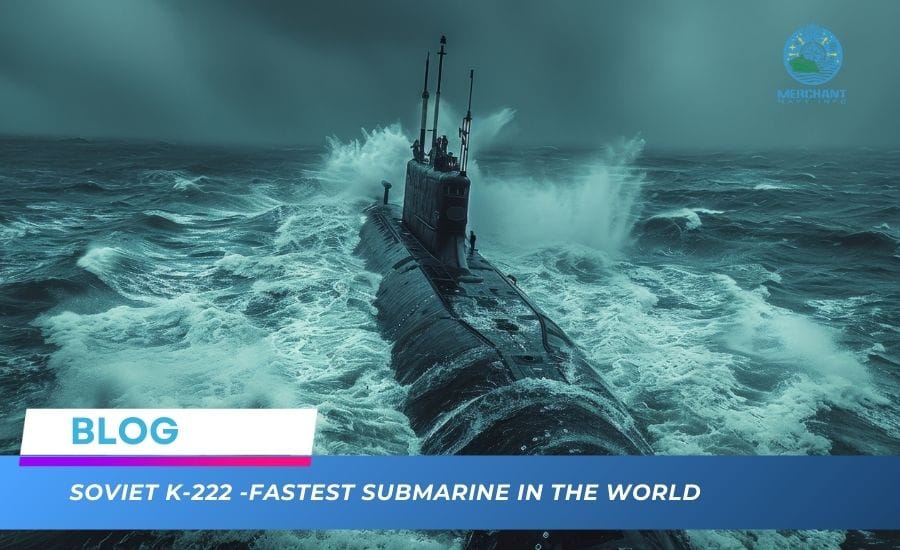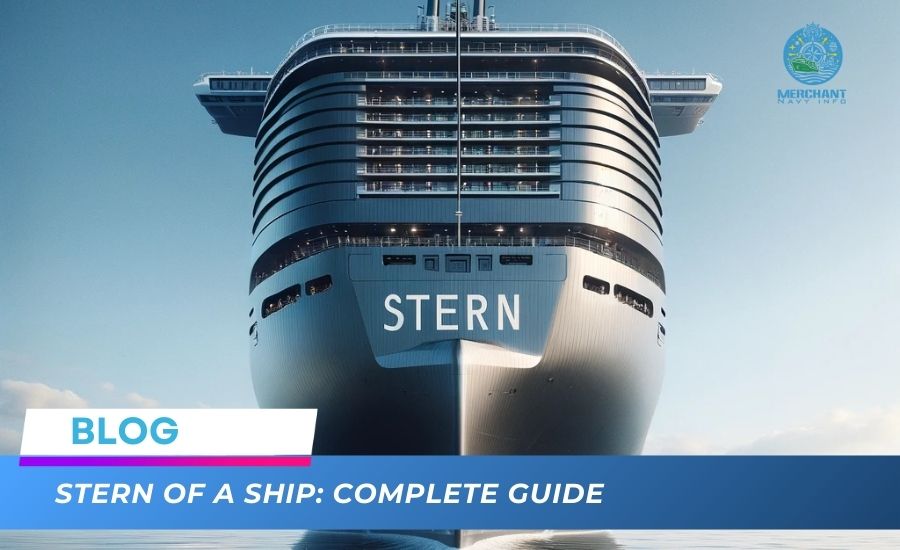
What is the Stern Ship?
The front of a ship is called the bow or prow, while the rear end is called the stern. The stern can also be interchangeably called the bow, but it is more specific. The stern ship mainly refers to the rear structural part or area of the ship’s overall length. In simple terms, you can see it most when you stand directly behind the ship and look forward.
The origin of the word butt is unclear. While some claim that it comes from a corruption of the word “stiarne,” which, according to Old Frisian and Saxon, referred to a rudder, many claims that it is based on the literal meaning of the word “stern,” which translates to “stern” and means serious! Well, if you look at the solid stern of a large tanker, it wouldn’t look that interesting, would it?
However, some experts claim that its history dates back to the Viking era in the 8th and 9th centuries, when steering or maneuvering was called “styra” or “stjorn” in ancient languages before the advent of English. The name later evolved into “styrne” and the English “stern.” This also makes sense since the rudder (primary steering or maneuvering device) is located below the stern ship and attached to the stern frame.
In a more technical sense, the term refers to the structural area or portion associated with the rudder and propeller attachments. This is a distinguishing feature of the stern’s main structural member – the sternpost.
Function and Importance of Stern Ship
Like any other structural member, the stern is an integral part of the hull. It encloses the body volume at the back. Also, it affects the propulsion and hydrodynamic behavior of the ship’s wake. Now, what is a butt?
In short, the overall impact of the water area behind the ship includes wave patterns, currents, eddies, and flow behavior in that area. The ship’s impact or these impacts behind the stern have a great impact on the propulsion efficiency of the ship because this affects the drag.
As we know, the greater the drag, the less hydrodynamically efficient the ship. Therefore, the shape and arrangement of the stern hull are crucial to its hydrodynamic efficiency.
Imagine that you have a flat, box-shaped ship, like a battleship with no defined stern shape and the stern of a military frigate. Which shows better wave characteristics and the speed required for propulsion? Obviously the latter. Therefore, depending on the type and design of the ship, the stern is designed accordingly to handle the subsequent flow behavior.
The stern ship also bears great responsibility for withstanding the vibration loads and shocks from the rudder, propeller, shaft, and related accessories.
Types of Stern Ship
Depending on the shape of the upper part of the hull, the stern can be divided into three main types: oval, cruiser, and keel.
In short, the oval butt was popular in the 19th and early 20th centuries. The surface lines associated with this stern shape look like a closed oval when viewed from above. When viewed from the side or the side, the oval butt curves upward from the butt.
Earlier, when ships were made of wood, a series of planks extended from the bottom to the top and curved towards the corners to create an oval stern ship shape. The curved edge of the oval butt slopes back above the bottom. There is enough space to place the rudder post.
The cruiser stern is a modification of the oval stern. However, unlike the oval rudder, its shape and design are such that the curved edge is low; therefore, the rudder is completely below the designed waterline. Therefore, it has relatively good resistance performance. Cruiser sterns are also aesthetically pleasing and provide better wake characteristics.
Keels are the most common stern ship choice for most cargo ships. They are simpler in structure and have a flat section from the deck to the waterline. It can be thought of as the stern of a cruiser being abruptly cut off at a certain distance from the stern to form a flat section. Although they do not provide a curved shape like the above two, they provide great flow separation and prevent the formation of strong back waves and vortices.
Some other variations of special sterns are advanced modifications of the above sterns, including inclined, hollow, or inclined sterns or Constanze sterns, which are a special case of Queen Mary 2.
Design and Construction of Stern Ship
The ship can be beam-supported for all practical purposes. Therefore, the maximum bending stresses from the point of view of bending or longitudinal bending forces tend to occur in the bow and stern areas. In addition, the hip area is also susceptible to impacts such as collisions or vibrations.
In addition, this area must also support the loads of the rudder, propeller and other accessories. Therefore, the rear must be heavily reinforced. Transverse and vertical reinforcements are placed throughout the cladding. The lining of the back area, including the hip, requires a higher swab. Higher grades of steel such as high-strength steel are usually used.
In addition, the type of stock also affects the design. The frigate’s stern ship has an inclined frame oriented around the entire perimeter of the hull skin and welded between the deck and the floor. Seamless beams with transverse deck beams further support the deck.
However, no inclined beams are provided in the case of the transverse stern. Horizontal and vertical reinforcements strengthen the flat-butted skin. All sterns are equipped with heavy, solid floors with center beams. In addition, horizontal longitudinal beams can be provided for the cladding.
A very important feature of all beams is the butt frame or butt post. The back frame is the lower member that extends from the crossbar to a point above. It is a structural frame that acts like a spine, providing additional support and strength to absorb the loads from the tail shaft and rudder connected to the frame.
In ancient times, these frames were cast and mounted on the shell skin of the butt. However, nowadays, it is welded to the helmet shell. The structure of the stern ship frame depends on the type of stern and rudder. Care is taken to ensure enough distance between the rudder, propeller and tail frame. It is simplified to avoid hydrodynamic problems such as eddies or vortices.
Horizontal gussets and longitudinal beams usually support them to give them additional rigidity. The statuesque of this frame again depends on the type of ship and rudder. The rudder and propeller are connected upwards, usually in structural continuity with the stern ship floor.

